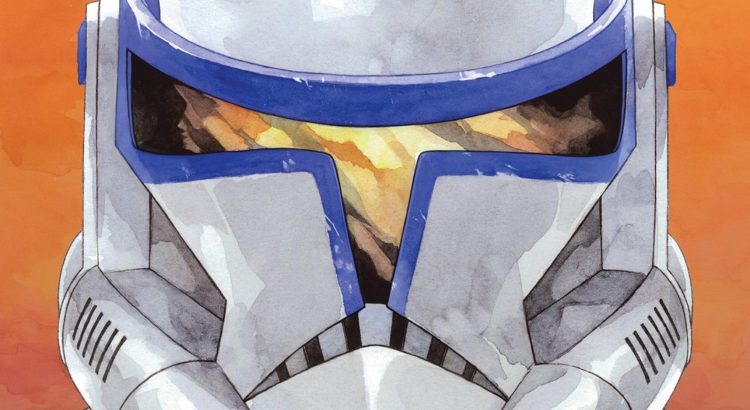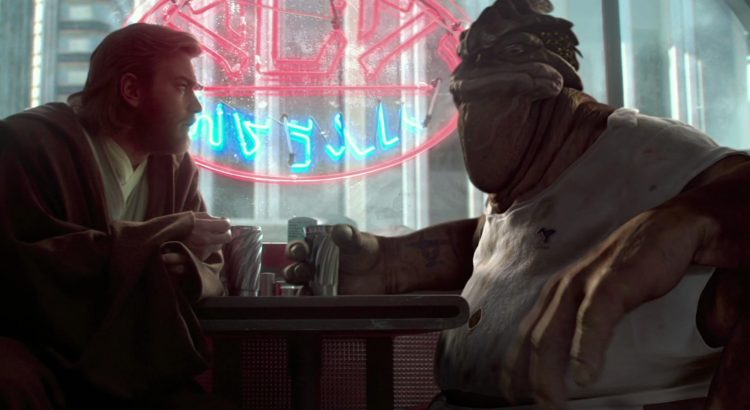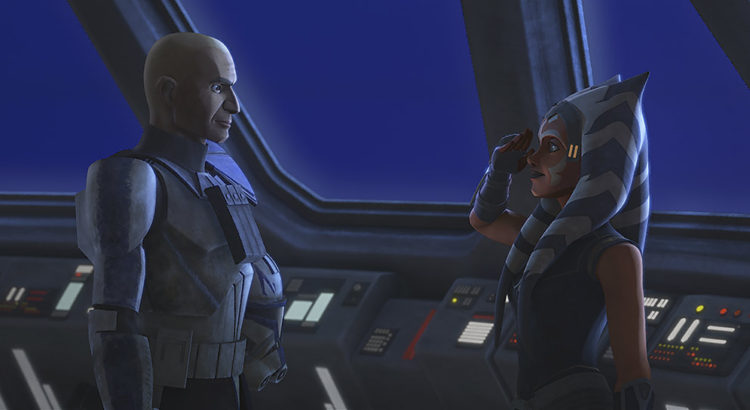The Mandalorian’s first season establishes early on that Mandalorians are recognized both by their armor and by their refusal to remove it. An essential part of their creed, removal of the helmet was so great a sin that it would excommunicate someone from the culture. An essential part of fandom meant that we had to immediately argue about what this meant.
Theories, jokes, and accusations of canon contradictions flew, but there seemed to be at least some draw towards a consensus. A consensus that the show would confirm in the second season.
In “The Heiress”, three people in Mandalorian armor remove their helmets in front of Din Djarin. Din immediately accuses them of stealing the armor, of not being true Mandalorians. Problem is: one of them is the former regent of Mandalore itself. Bo-Katan of House Kryze.
Mandalore’s culture applies to Din as well as to Bo-Katan and her warriors because of the simple fact that there is more than one way to be a Mandalorian.
Star Wars has tackled the nuances of several in-universe identities over the years. We know that there are endless variations on what it means to be a Jedi, a clone, a Separatist, an Imperial, a rebel, all nuances well worth exploring. I only wish Star Wars showed the same sort of dedication to nuance when it comes to real-life representation.
Read More



